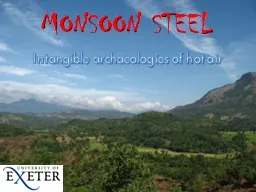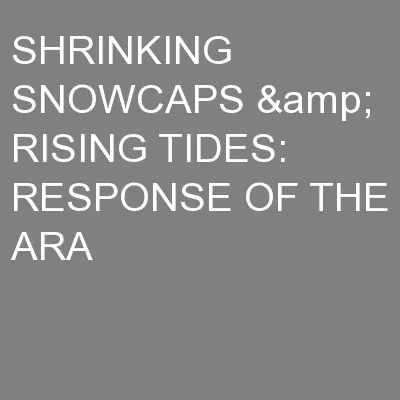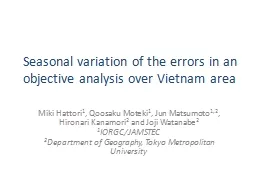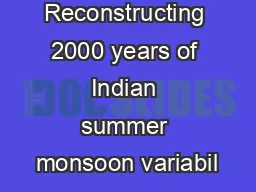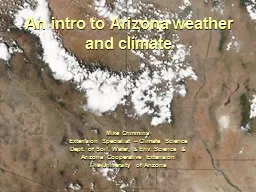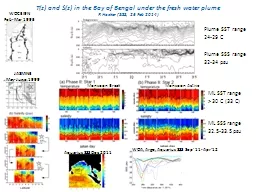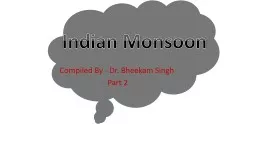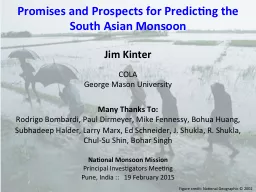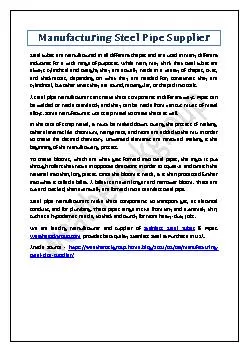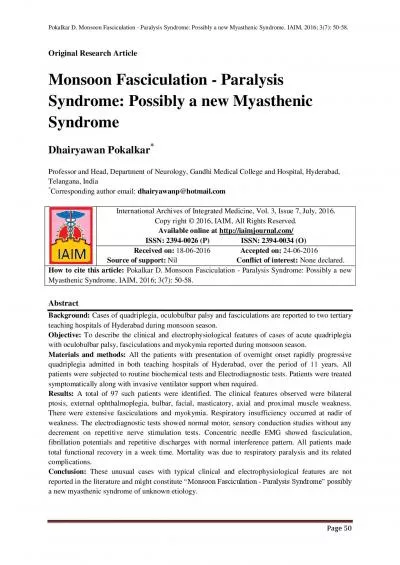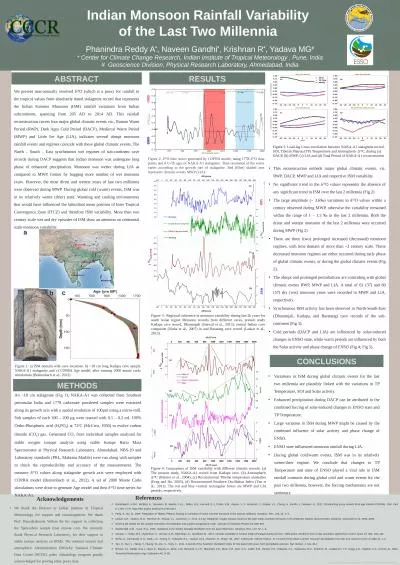PPT-MONSOON STEEL
Author : test | Published Date : 2017-06-17
Intangible archaeologies of hot air Sri Lanka Samanalawewa Archaeological survey and excavation over a number of years revealed a major industry 80 sites of the
Presentation Embed Code
Download Presentation
Download Presentation The PPT/PDF document "MONSOON STEEL" is the property of its rightful owner. Permission is granted to download and print the materials on this website for personal, non-commercial use only, and to display it on your personal computer provided you do not modify the materials and that you retain all copyright notices contained in the materials. By downloading content from our website, you accept the terms of this agreement.
MONSOON STEEL: Transcript
Download Rules Of Document
"MONSOON STEEL"The content belongs to its owner. You may download and print it for personal use, without modification, and keep all copyright notices. By downloading, you agree to these terms.
Related Documents

